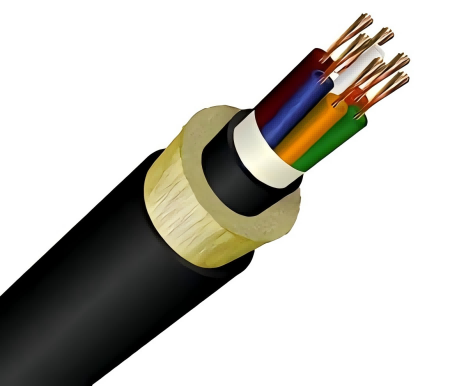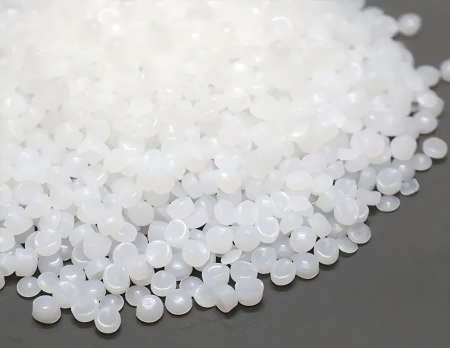To ensure the optical cable core is protected from mechanical, thermal, chemical, and moisture-related damage, it must be equipped with a sheath or even additional outer layers. These measures effectively extend the service life of optical fibers.
The commonly used sheaths in optical cables include A-sheaths (aluminum-polyethylene bonded sheaths), S-sheaths (steel-polyethylene bonded sheaths), and polyethylene sheaths. For deep-water optical cables, metallic sealed sheaths are typically employed.
Polyethylene sheaths are made from linear low-density, medium-density, or high-density black polyethylene material, conforming to the GB/T15065 standard. The surface of the black polyethylene sheath should be smooth and uniform, free of visible bubbles, pinholes, or cracks. When used as an outer sheath, the nominal thickness should be 2.0 mm, with a minimum thickness of 1.6 mm, and the average thickness on any cross-section should not be less than 1.8 mm. The mechanical and physical properties of the sheath should meet the requirements specified in YD/T907-1997, Table 4.
The A-sheath consists of a moisture barrier layer made of longitudinally wrapped and overlapped plastic coated aluminum tape, combined with an extruded black polyethylene sheath. The polyethylene sheath bonds with the composite tape and the overlapping edges of the tape, which can be further reinforced with adhesive if needed. The overlap width of the composite tape should not be less than 6 mm, or for cable cores with diameters less than 9.5 mm, it should be no less than 20% of the core’s circumference. The nominal thickness of the polyethylene sheath is 1.8 mm, with a minimum thickness of 1.5 mm, and an average thickness not less than 1.6 mm. For Type 53 outer layers, the nominal thickness is 1.0 mm, the minimum thickness is 0.8 mm, and the average thickness is 0.9 mm. The aluminum-plastic composite tape should meet the YD/T723.2 standard, with the aluminum tape having a nominal thickness of 0.20 mm or 0.15 mm (minimum 0.14 mm) and a composite film thickness of 0.05 mm.
A few composite tape joints are allowed during cable manufacturing, provided the joint spacing is no less than 350 m. These joints must ensure electrical continuity and restore the composite plastic layer. The strength at the joint must not be less than 80% of the original tape’s strength.
The S-sheath uses a moisture barrier layer made of longitudinally wrapped and overlapped corrugated plastic coated steel tape, combined with an extruded black polyethylene sheath. The polyethylene sheath bonds with the composite tape and the overlapping edges of the tape, which can be reinforced with adhesive if necessary. The corrugated composite tape should form a ring-like structure after wrapping. The overlap width should not be less than 6 mm, or for cable cores with diameters less than 9.5 mm, it should be no less than 20% of the core’s circumference. The nominal thickness of the polyethylene sheath is 1.8 mm, with a minimum thickness of 1.5 mm, and an average thickness not less than 1.6 mm. The steel-plastic composite tape should meet the YD/T723.3 standard, with the steel tape having a nominal thickness of 0.15 mm (minimum 0.13 mm) and a composite film thickness of 0.05 mm.
Composite tape joints are allowed during cable manufacturing, with a minimum joint spacing of 350 m. The steel tape should be butt-jointed, ensuring electrical continuity and restoring the composite layer. The strength at the joint must not be less than 80% of the original composite tape’s strength.
The aluminum tape, steel tape, and metallic armor layers used for moisture barriers must maintain electrical continuity along the cable’s length. For bonded sheaths (including Type 53 outer layers), the peeling strength between the aluminum or steel tape and the polyethylene sheath, as well as the peeling strength between the overlapping edges of the aluminum or steel tape, should not be less than 1.4 N/mm. However, when a water-blocking material or coating is applied under the aluminum or steel tape, the peeling strength at the overlapping edges is not required.
This comprehensive protection structure ensures the durability and reliability of optical cables in various environments, effectively meeting the needs of modern communication systems.
Post time: Jan-20-2025



